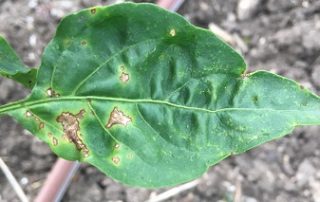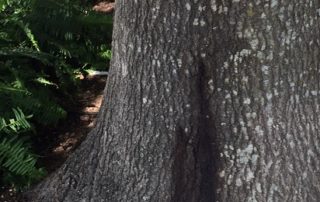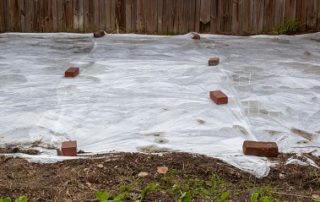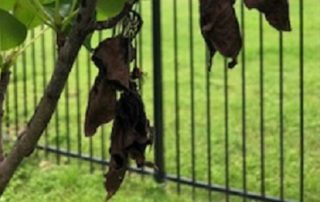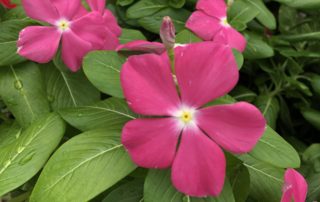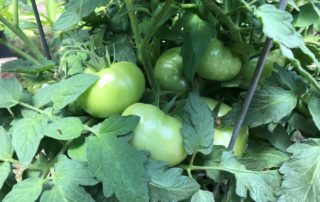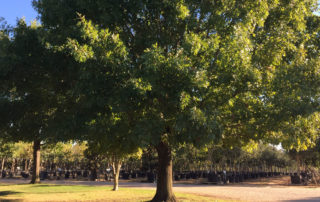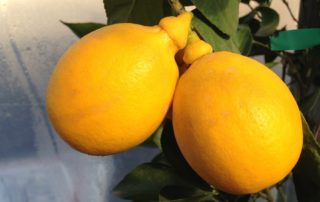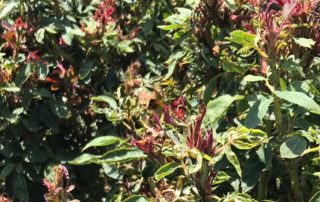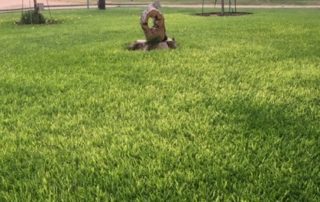Pepper Leaf Spot
I know that I am not the only one who has had this disease on their peppers. It appears in the late spring to summer when we have had frequent rainfall. Of course, if you are overhead watering, you would see it as well. Bacterial leaf spot on peppers can be a devastating disease if not caught and treated early. This is why I always preach that your garden needs to be in sight of your house so that you can check it often. This disease is often fatal once [...]

